by Michael Haskew
On orders from Soviet Premier Josef Stalin, the offensive that resulted in the capture of the Nazi capital of Berlin in April 1945, developed into a race between the army groups of two Soviet commanders, Marshal Georgy Zhukov and Marshal Ivan Konev. The race was heated, and often the lives of soldiers were sacrificed in the interest of time.
[text_ad]
Stalin remembered the ruthless German invasion of the Soviet Union on June 22, 1941, that broke the nonagression pact between the two countries that had been signed in 1939. He also sought harsh retribution for the deaths of millions of Soviet citizens and tremendous destruction of property that had occurred.
Zhukov Prepares to Take Berlin…
The task of taking Berlin was given to Zhukov’s 1st Belorussian Front and Konev’s 1st Ukrainian Front with support from at least three other fronts, or army groups. The 48-year-old Zhukov had already been recognized as a Hero of the Soviet Union, his nation’s highest military award. Born into a peasant family, Zhukov rose to high levels of command after serving in World War I and the Russian Civil War. Forces under his command had soundly defeated the Japanese at Khalkhin Gol in 1938-39, ending that nation’s threat of expansion into the Soviet sphere in the East. During the Great Patriotic War, as World War II was called in the Soviet Union, he was instrumental in many of the major victories won by the Red Army on the Eastern Front.
Konev was also of peasant stock. He served as a conscript in the Imperial Russian Army during World War I and in the Red Army during the Russian Civil War. During World War II, his troops helped to blunt the German drive to capture Moscow in the winter of 1941. A Hero of the Soviet Union, he led forces at the pivotal Battle of Kursk and through offensive operations in the autumn of 1944.
Friendly Fire Inside the City?
The decisive offensive against Berlin began in western Poland in January 1945. Zhukov and Konev crossed the Oder River and initiated a giant pincer movement to subdue German resistance. During the fighting at Seelow Heights, Zhukov sent waves of Red Army soldiers and tanks against German positions and absorbed horrific casualties during four days of fighting before the road to Berlin was opened. Meanwhile, Konev’s 1st Ukrainian Front cleared the Spree Forest, capturing large numbers of German prisoners. Zhukov entered Berlin from the north, while Konev battled into the city’s streets from the south. On April 23, 1945, the two armies linked up in the German capital.
It has been reported that in the process of subduing Berlin the two Soviet Fronts intentionally fired on one another. Why? Perhaps these two marshals were keenly aware that failure would not be tolerated. The commander who lagged behind his rival might well face Stalin’s wrath. In the fighting for Berlin, the Soviets lost 80,000 killed and wounded along with 2,000 tanks, while the Germans suffered an estimated 150,000 casualties.
Zhukov is generally credited with the final capture of the Nazi capital, while Konev was diverted southwestward and linked up with American forces near the city of Torgau on the Elbe River. Both men were praised for their leadership. However, within months Stalin began to perceive Zhukov’s popularity as a threat, and he was dismissed from his post as commander of the Soviet Zone of Occupation in Germany.
After the War
After Stalin’s death, Zhukov returned to government as Defense Minister under Premier Nikita Krushchev. Disgreements over policy led to his retirement. He died in 1974 at the age of 77.
After World War II, Konev commanded Soviet forces in East Germany, led the armed forces of the Warsaw Pact, and suppressed the Hungarian uprising of 1956. He retired from active duty in 1962 and died in 1973 at the age of 75.
Both of these commanders were bold, resourceful, and ruthless during the Great Patriotic War, no doubt spurred on by an awareness that failure would likely mean their own demise.
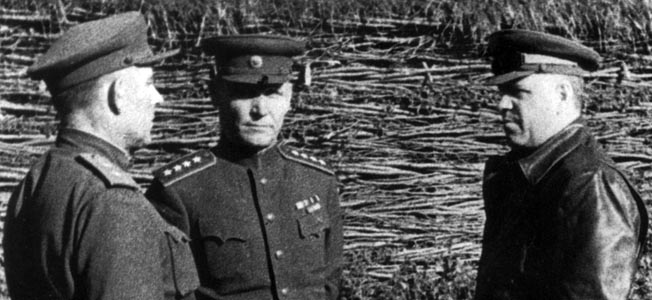
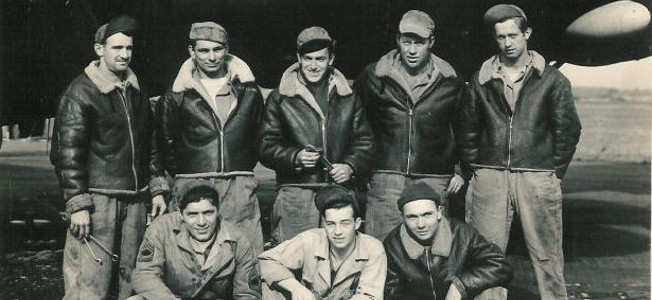
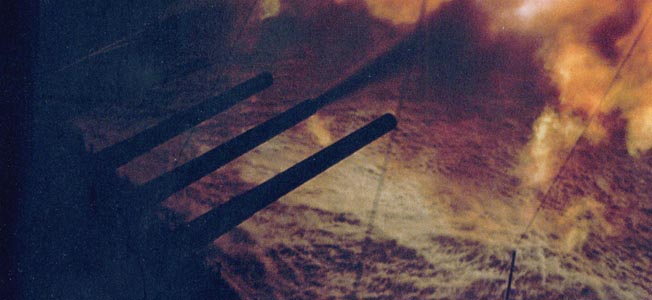
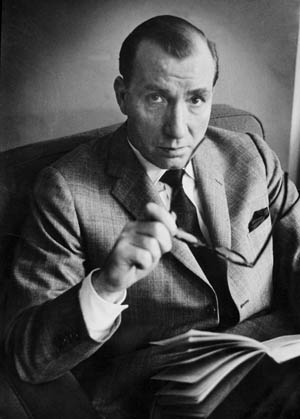
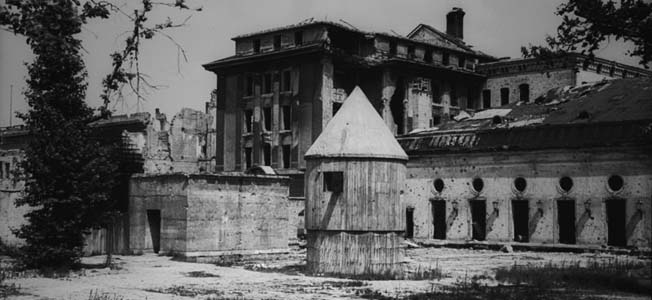
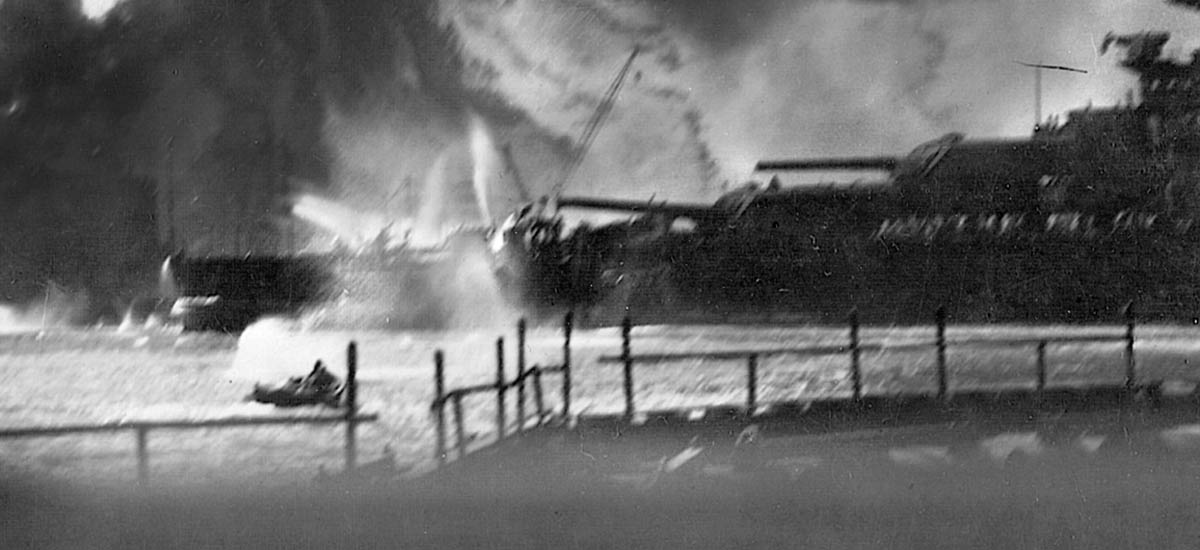
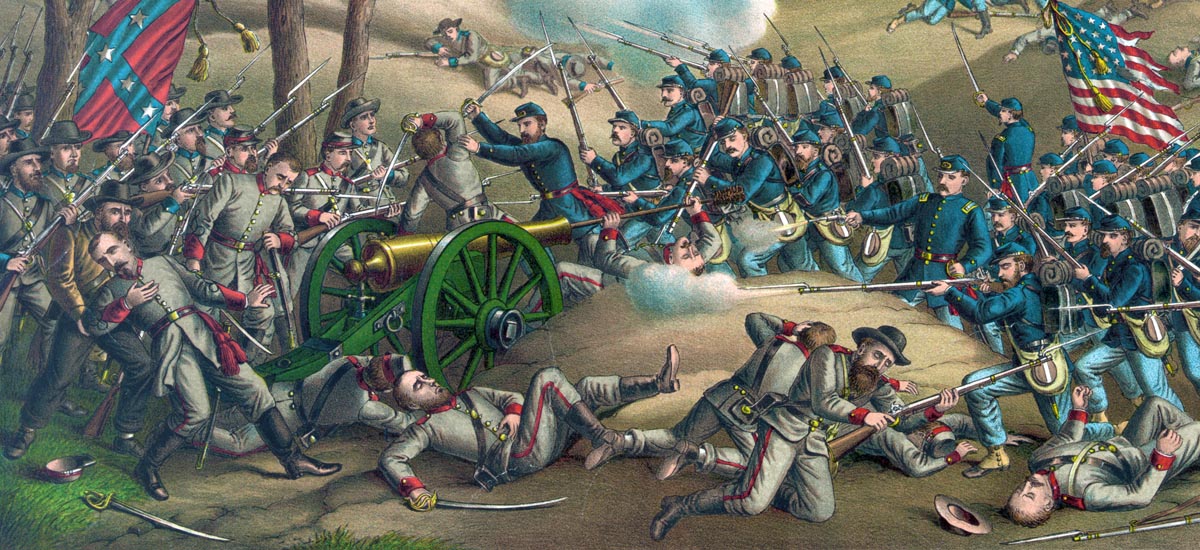
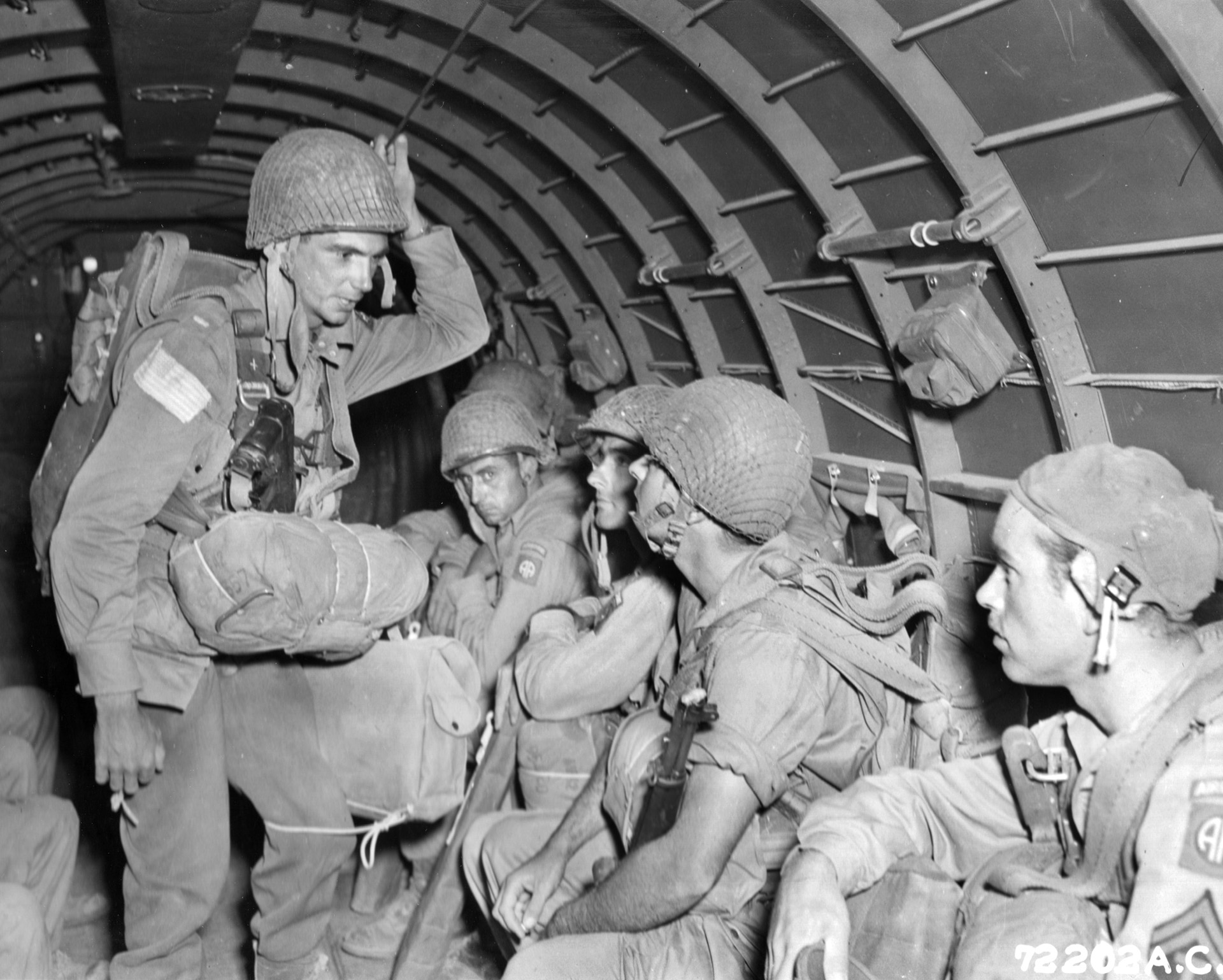
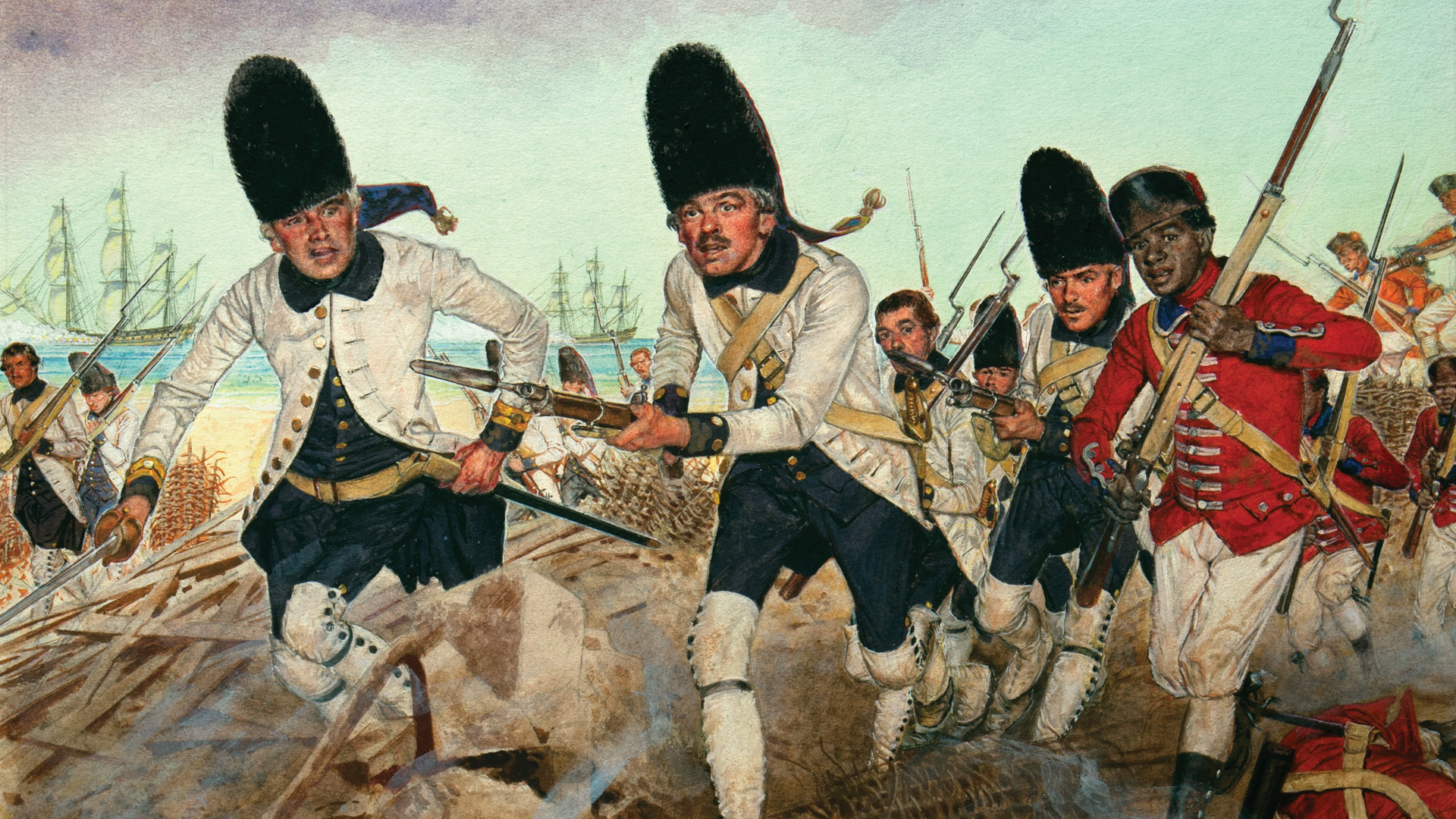
Join The Conversation
Comments
View All Comments